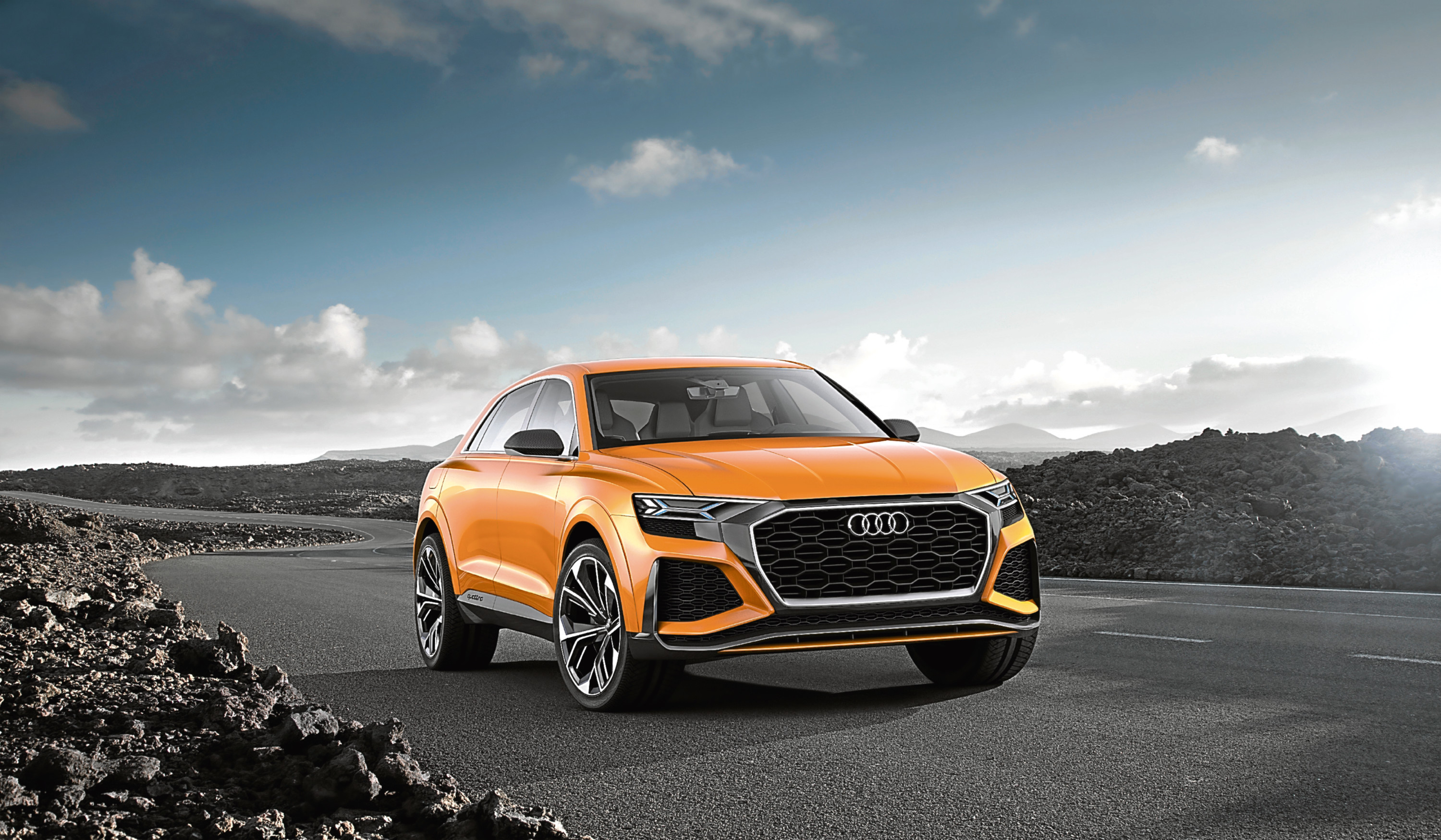Audi has been relentless in its expansion over the past decade, scattering new models like confetti.
It shows no sign of slowing down as we head towards the end of the decade. If anything, in fact, the company is increasing the pace of its model range expansion.
The most recent news is the announcement of two new “Q” models – which will bring its SUV range to five – and three all-electric e-tron models.
The German car maker intends that at least 30 per cent of its sales will be of electric or part-electric models by 2025, and aims to have the technology available for driverless city cars within four years.
The plans were outlined to Audi shareholders during the brand’s AGM in Neckarsulm, Germany. Chairman Rupert Stadler said: “We are rejuvenating our model portfolio enormously and will renew five existing core model series by mid-2018.
“In addition, we will expand our successful Q family by 2019 with two new concepts – the Audi Q8 and the Audi Q4 – and we will launch our battery-electric e-tron models.”
The Q4 and Q8 will have coupe-like rooflines similar to BMW’s X4 and X6 and the Mercedes-Benz GLC Coupe and GLE Coupe.
Three new electric Audis will appear by 2020, and the brand will then introduce electric versions across its core model ranges.
Audi is also taking over the development of autonomous car technology across the Volkswagen Group and the first examples of driverless cars will be launched early in the next decade. Meanwhile the new ‘myAudi’ programme will establish a digital platform for online services across the range.
The latter half of 2017 will see Audi update its luxury flagship models. A new A8 will be unveiled later this month and will be followed by a new A7.
Audi haven’t confirmed yet but it seems likely we will soon see replacements for other older models in the range such as the A1, A6 and Q3.
jmckeown@thecourier.co.uk
